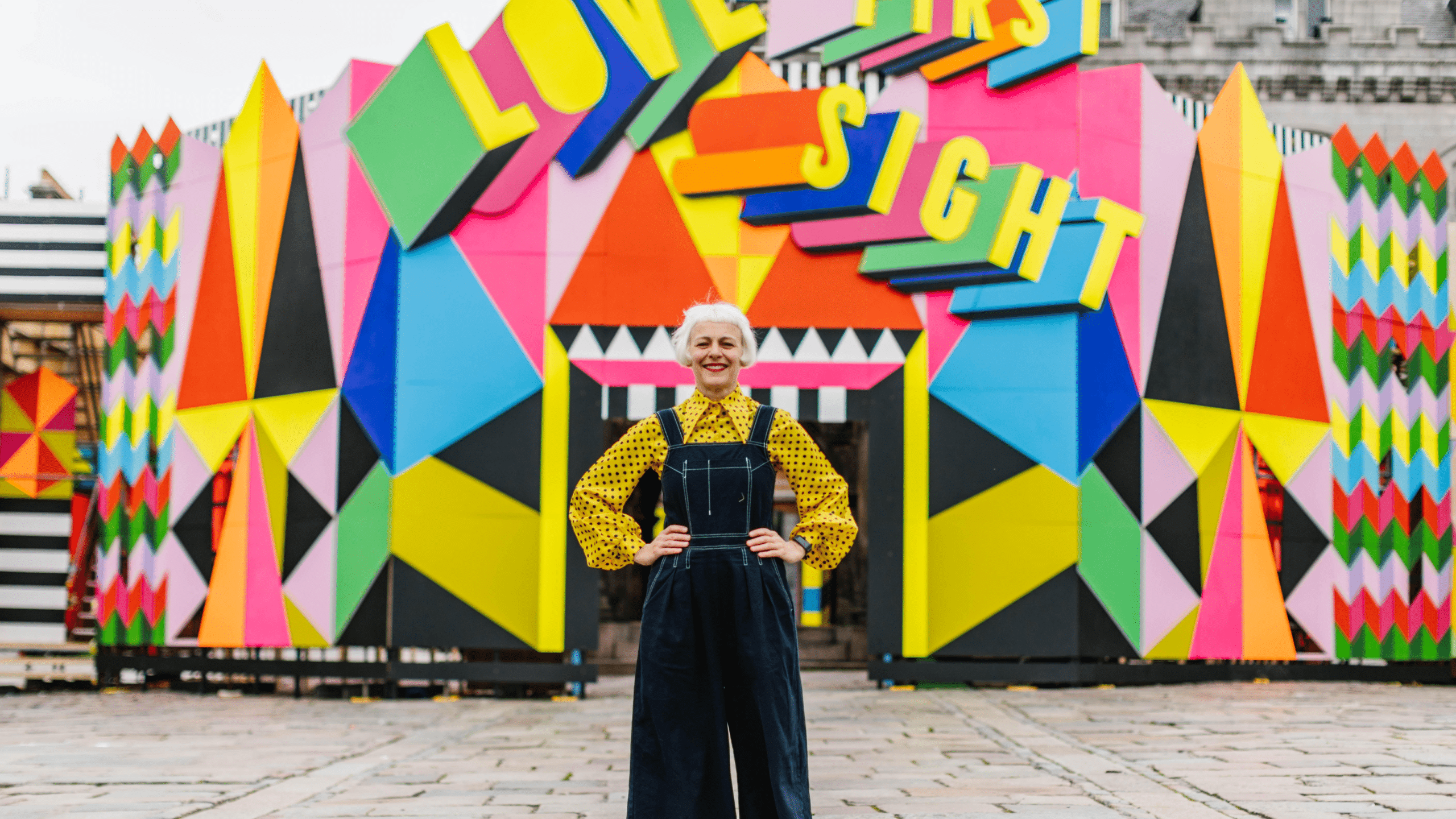TDC discusses gender stereotypes and the lack of diversity in the creative industry: Why we need more female leaders
The future is female… or is it? In an industry that champions diversity, inclusivity and equal opportunity, why are only 17% of creative director roles held by women?

Despite ongoing conversations challenging gender stereotypes, entrenched prejudices against women continue to permeate our society. These biases, whether conscious or unconscious, hinder women from achieving their professional and personal goals. With identity and power inextricably linked, men traditionally dominate leadership roles despite women making up an equal proportion of the global population. This lack of representation sends a harmful message to younger generations and perpetuates existing biases, while also leading to missed opportunities for businesses to tap into a vast network of talented individuals. Unfortunately, the creative industry is no different.
Only 17 per cent of creative director roles are held by women. Yet, 60 per cent of junior designers are female. If women make up over half of the base of the pyramid, how come they are lacking more dominance higher up the ladder? Without these leadership figures, what female role models could current or aspiring employees look up to, or ask for advice? As a result, many women may feel discouraged, or even excluded, from advancing their careers.
This lack of diversity in leadership is not just stifling for women’s career progression, but it also has a negative impact on decision-making; resulting in products and services that fail to cater to a broad range of users and perspectives, which hinders opportunities for innovation and appeal.
The issue? Long-standing biases are contributing to the disproportionate representation that interferes with the treatment and perception of women in the workplace, resulting in pay disparities and limited career opportunities.
Of course, this matter is increasingly complex. Domestic gender stereotypes and rooted cultural norms see many women face a decision between their personal and professional lives; limiting their potential and making it difficult to succeed in many demanding design roles. Prominent figure Mother Pukka began the campaign Flex Appeal after she was shunned by her boss for requesting to flex her work time (by 15 minutes!) to pick up her daughter. As a result, she quit her job. Women’s careers should not be adversely affected by having children and the argument for Flex Appeal is –so long as the job is done, and done on time, what does it matter when or where it gets done?
Greater effort must be placed on increasing the visibility and representation of women among the workforce and there are various steps businesses can take to demonstrate their support towards female employees. Kerning The Gap (KTG) is an organisation that strives to get more women in design in leadership roles by bringing agencies together and challenging the issues that lead to this lack of diversity. Led by Nat Maher, KTG offers practical programmes that support both businesses and individuals within them. By bringing individuals of varying experience levels together, the organisation enables designers from across the industry to discuss solutions and create opportunities for more diversity in leadership.
Embedding mentorship and networking opportunities into businesses can be crucial in helping women develop in design fields -and many companies are already implementing initiatives which support women. Organisations must also normalise the conversation that addresses commonplace indignities towards women, helping employees to recognise and overcome unconscious bias. Conscious steps can make a huge difference to actively create a culture that values diversity and empowers communities to thrive.
But it’s not all doom and gloom…
With all of this being said, there are a host of trailblazing women who have shaped the design world -and many women who continue to do so. Eileen Gray carved out a name for herself in a male-dominated space. An artist-turned-furniture-designer, Gray has produced some of the 20th century’s most recognisable furniture designs. Heralded as one of the most influential Modernist pioneers, her work sits proudly on display at huge international institutions such as the MoMa and V&A. Prolific designer Morag Myerscough has cemented her signature style across everything from festivals to hospitals to concrete structures. A one-woman studio, her joyful installations hope to provoke conversation and emulate the designer herself who wears her heart on her sleeve. Margaret Calvert percolates through U.K design, with timeless pieces (quite literally) around every corner. Her six-decade-long career has seen her working on directional road signs, wayfinding airport and hospital signs and National Rail typographic systems -to name a few. Calvert’s work has become an integral part of our national landscape, so much so she was awarded an OBE in 2016.

At TDC, we’re lucky to work with many amazing women -whether colleagues or clients -who champion creativity, leadership and female empowerment. Female-founded and led agency Morrama, by Jo Barnard, champion sustainability and human-centred design. Jo is revolutionising the design industry with her groundbreaking approach to creating products for women’s healthcare. CEO of global design consultancy UXUS, Queenie Lo, has created category-disruptive work that has transformed some of the world’s leading brands, from Sephora to McDonald’s. UXUS’s innovative solutions are widely recognised, landing industry awards as an accolate for its creative excellence.
International Women’s Day gives us the opportunity to celebrate the incredible feats of women -from ourcolleagues to our mothers, and from our friends to our siblings. We all have an inspirational network around us. And whilst March 8th may give us a day which highlights this, the conversation should not stop here.
